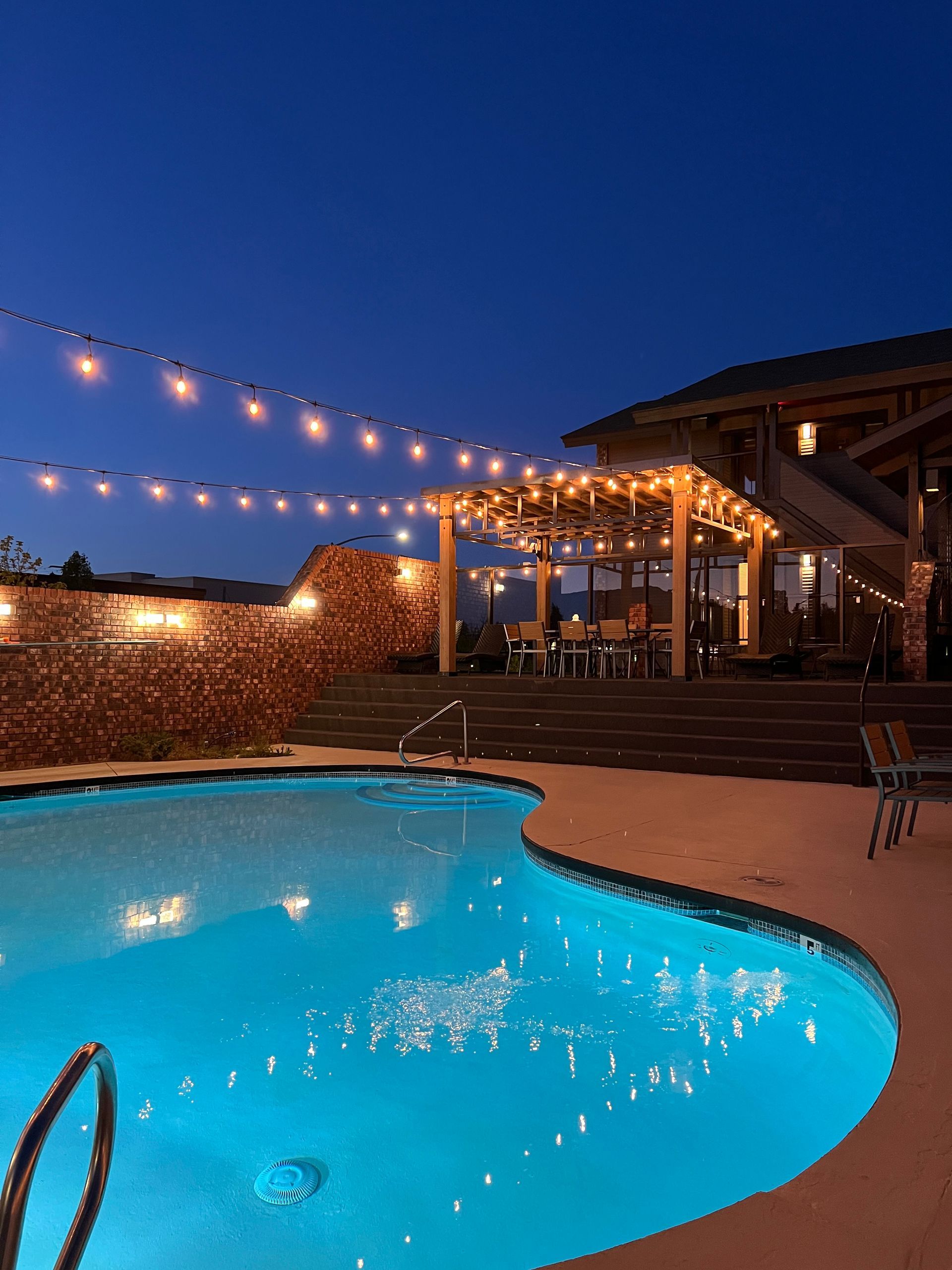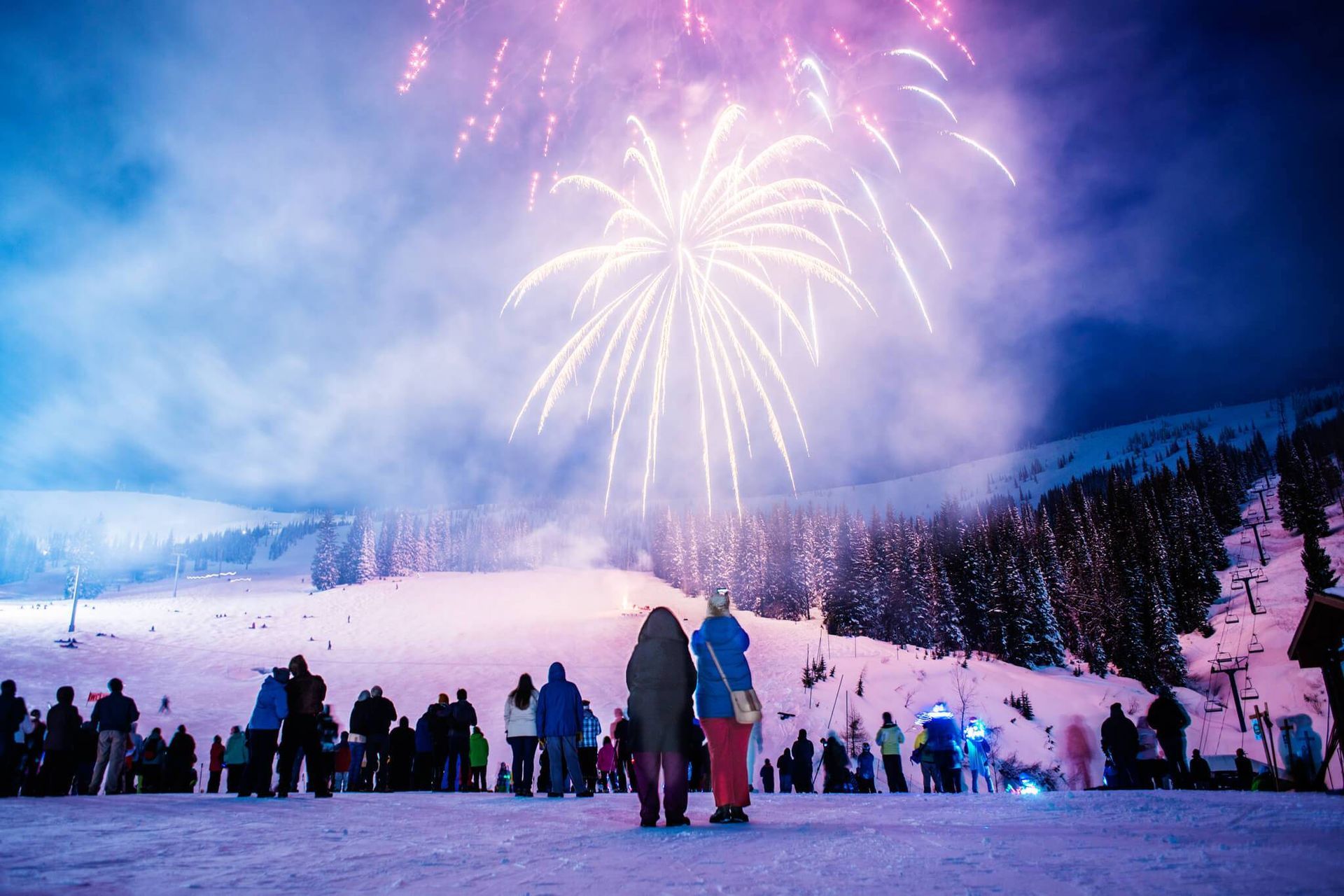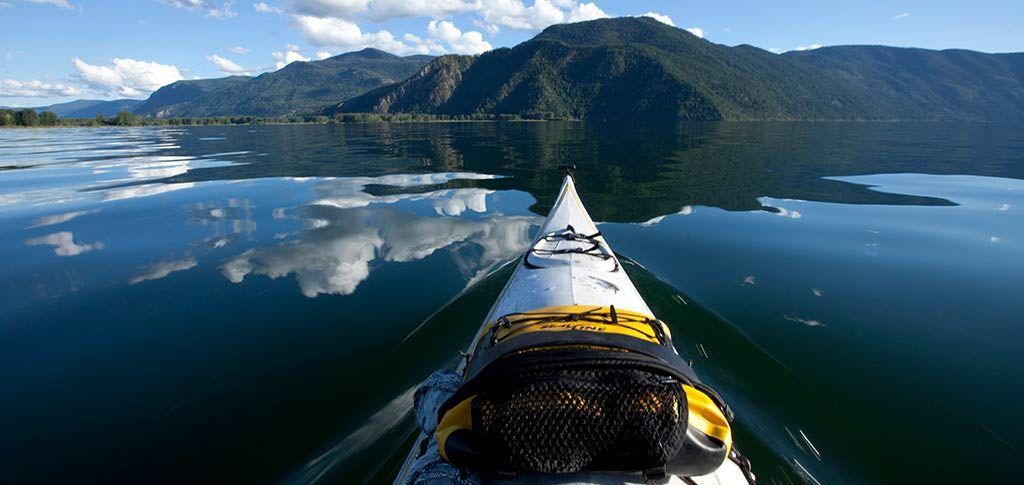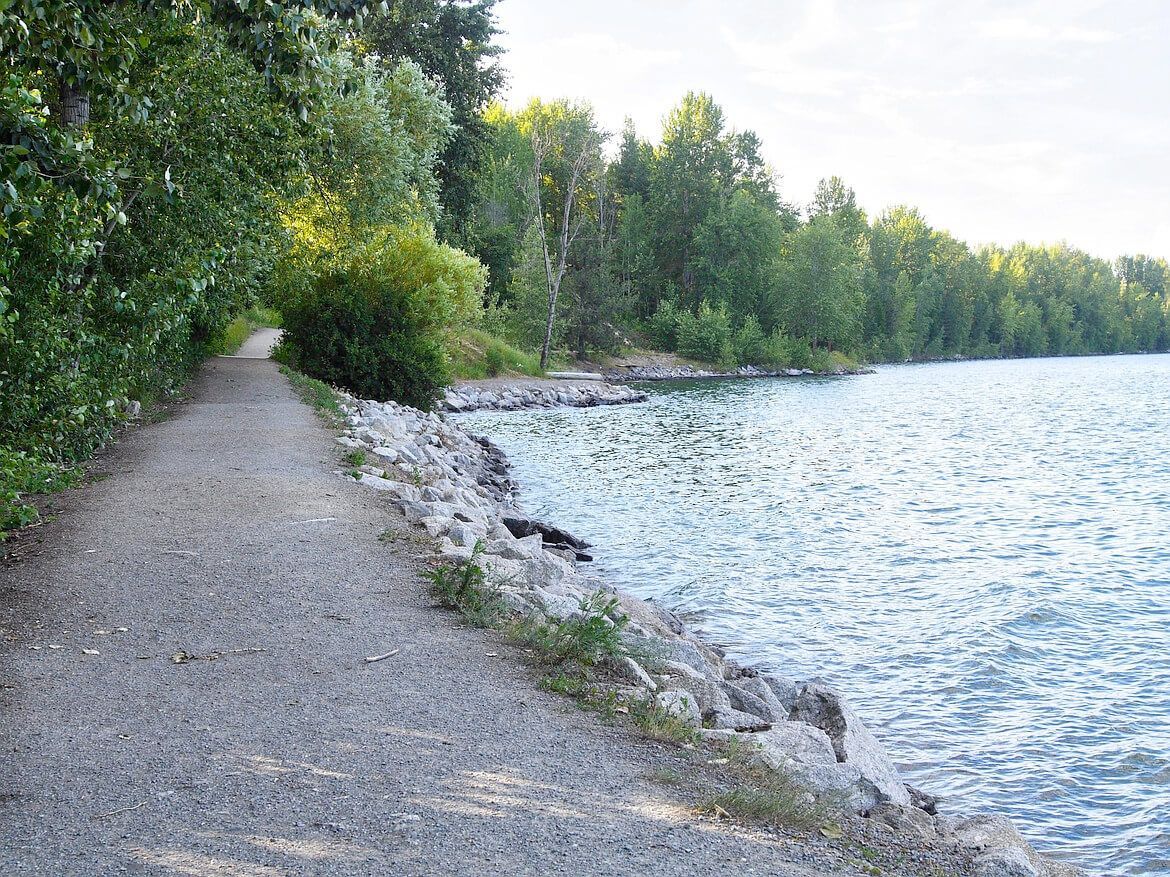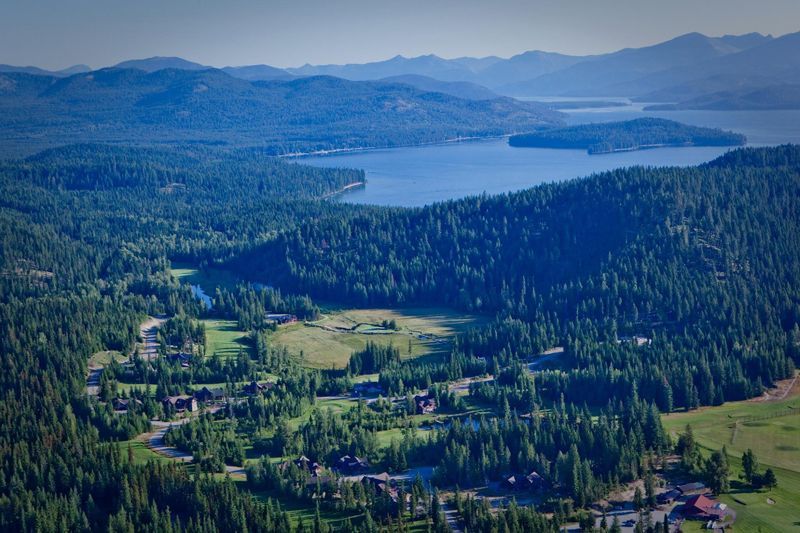History of Sandpoint

A Glimpse into Sandpoint's Rich History
Nestled in the scenic mountains of Northern Idaho, Sandpoint is known for its breathtaking natural beauty, charming downtown, and vibrant community. However, beyond its picturesque landscapes lies a fascinating history that has shaped this small town into the beloved destination it is today.
Early Beginnings and Indigenous Heritage
Long before European settlers arrived, the land that is now Sandpoint was home to the Kalispel Tribe, who lived in harmony with the region’s abundant resources. The Kalispel are known as "The People of the Oreille," and their culture is said to have originated from the Pend Oreille River, which they call "ntxe." They were semi-nomadic hunters, diggers, and fishermen who built winter villages and summer root-digging camps along the river. The Kalispel people relied on hunting, fishing, and gathering to sustain their way of life. Their deep connection to the land is evident in the names of local places and landmarks that still bear their influence today.
The Arrival of the Railroads
Sandpoint’s transformation into a bustling town began in the late 19th century with the construction of the Northern Pacific Railway. In 1882, the railroad reached the shores of Lake Pend Oreille, turning this remote region into a key hub for transportation and commerce. The arrival of the railroads brought an influx of settlers, entrepreneurs, and industries to the area, marking the beginning of Sandpoint's modern development.
The railroad not only facilitated the movement of goods like timber, minerals, and agricultural products, but it also attracted laborers and their families, who settled in Sandpoint and established new communities. The completion of the Great Northern Railway shortly thereafter further solidified Sandpoint’s position as a key junction in the Pacific Northwest. With the railroad came the construction of supporting infrastructure, including depots, warehouses, and hotels, creating jobs and boosting the local economy.
The Timber Boom
At the turn of the 20th century, the timber industry boomed in Northern Idaho, and Sandpoint quickly became a central player in this economic surge. The region's dense forests provided ample resources for logging, and sawmills sprung up along the shores of Lake Pend Oreille to process the timber. By the early 1900s, the scene had grown dramatically, with 20 large mills operating from Harrison to Bonners Ferry. Sandpoint grew alongside the timber industry, attracting timber barons and lumberjacks who helped create a vibrant, often rugged frontier town.
As the industry expanded, so did Sandpoint itself. The townsite was laid out in 1898 by L.D. Farmin, a key figure in Sandpoint’s early development. Just two years later, in 1900, Sandpoint was officially incorporated as a city, marking its transformation from a logging settlement into a thriving community. The bustling sawmills and influx of workers brought new businesses, schools, and homes, shaping the foundations of the Sandpoint we know today.
Lake Pend Oreille: The Heart of Sandpoint
One of the most defining features of Sandpoint is Lake Pend Oreille, the fifth-deepest lake in the United States. Spanning 43 miles in length, this glacially carved lake has been at the center of the town’s history and development. From its early days as a transportation route for timber and other goods to its current role as a recreational paradise, the lake has always been vital to Sandpoint’s economy and way of life.
The name "Pend Oreille" has historical significance as well. A Canadian fur trader in Thompson's party is believed to have given the lake its name. The words "Pend Oreille" are French for an ear-hanging or pendant, a reference to the characteristic ear pendants worn by the Kalispel Tribe. Interestingly, the lake is shaped much like a human ear when viewed from above or on a map, adding a unique connection between its name and its geography.
Lake Pend Oreille's pristine waters draw visitors year-round for boating, fishing, and swimming in the summer, while the winter months bring ice fishing and peaceful lakefront views. The lake also played a significant role in the town’s military history, serving as a submarine testing site during World War II due to its impressive depth. Today, the lake remains a symbol of Sandpoint's natural beauty and enduring connection to the surrounding environment.
The Rise of Tourism and Schweitzer Mountain
In the mid-20th century, as the timber industry began to decline, Sandpoint turned its focus to another growing industry—tourism. With its pristine lake, majestic mountains, and abundant outdoor activities, Sandpoint became a destination for adventure seekers and nature lovers. The opening of Schweitzer Mountain Ski Resort in the 1960s further cemented the town's reputation as a year-round tourist hotspot. Today, Schweitzer continues to attract visitors from around the world, offering some of the best skiing, snowboarding, and hiking in the region.
Preservation and Modern Development
While Sandpoint has embraced modern development, it has also worked hard to preserve its historical charm. Downtown Sandpoint, with its well-preserved buildings and vintage architecture, offers a glimpse into the town’s early 20th-century heyday. Walking along Cedar Street and Main Street, you’ll find a mix of classic brick facades, restored storefronts, and historic landmarks that speak to the town’s past. The Panida Theater, built in 1927, stands as a cultural icon, hosting events, movies, and performances that continue to unite the community. This beautifully restored theater is more than just a venue—it’s a living piece of history that has served as Sandpoint’s gathering place for nearly a century. Today, it’s a cherished landmark that brings together locals and visitors alike for film festivals, live music, and community events. Modern additions like boutiques, cafes, and local breweries have found their place within these historical settings, creating a blend of old and new that defines Sandpoint's character. The result is a town that honors its past while looking forward, inviting everyone to experience its enduring spirit.
A Town of Innovation and Creativity
In recent decades, Sandpoint has grown into a thriving hub of creativity and innovation. Local artisans, entrepreneurs, and tech innovators have found a home here, drawn by the town’s supportive community and natural beauty. From small businesses lining the streets of downtown to world-renowned companies headquartered in Sandpoint, the town blends its historical roots with a forward-thinking mindset.
Looking Back
Sandpoint’s history is a rich tapestry of Indigenous heritage, frontier spirit, economic shifts, and community resilience. Today, the town thrives as a blend of past and present, where visitors can explore its historical landmarks, experience its natural beauty, and enjoy the warmth and hospitality of its people.
Whether you’re skiing the slopes of Schweitzer, boating on Lake Pend Oreille, or strolling through downtown, you’ll find echoes of Sandpoint’s fascinating history at every turn.
